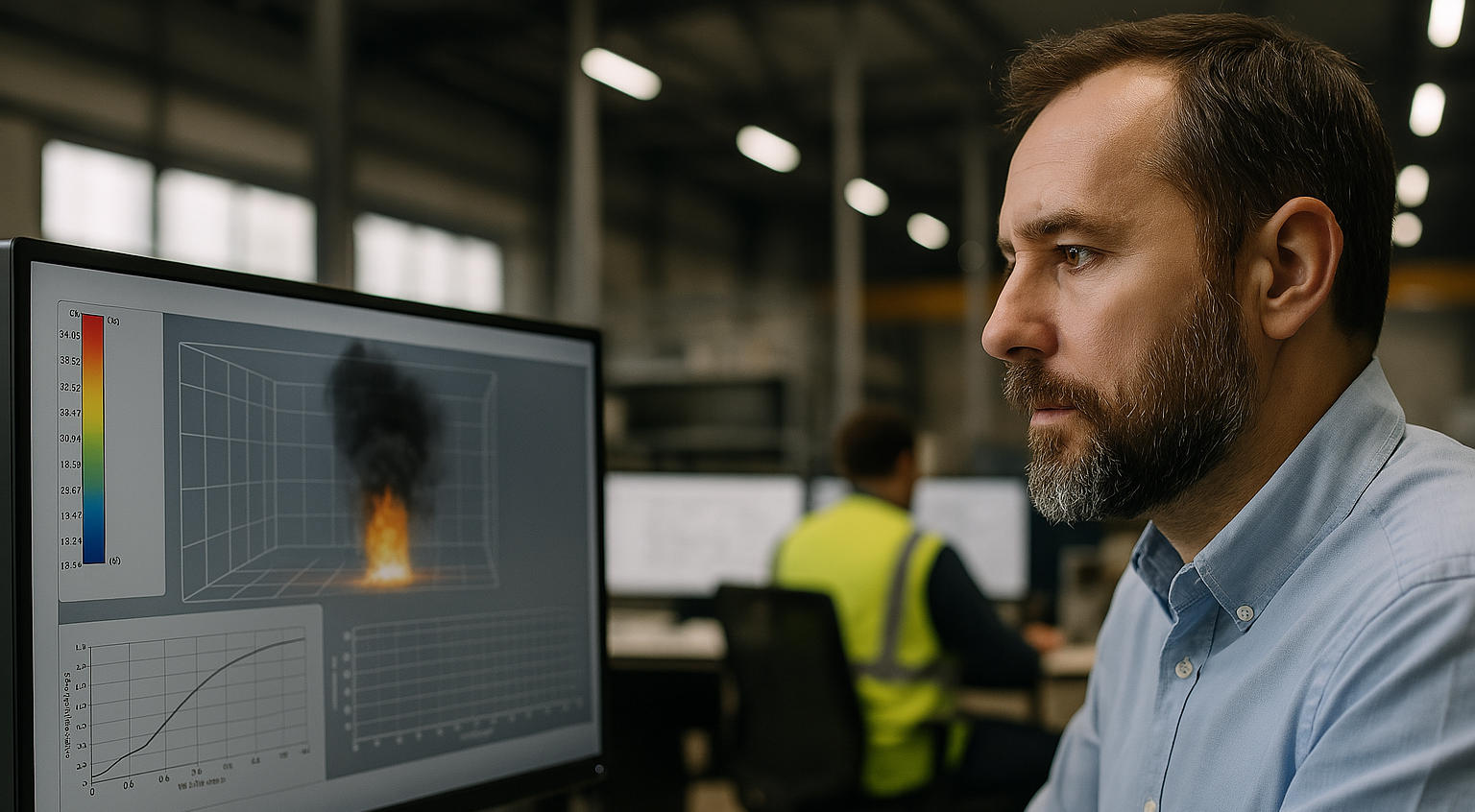How Performance-Based Design Enhances Fire Protection
Traditional fire protection design follows prescriptive codes, which provide standardized solutions for fire safety. While effective, these codes may not always offer the most efficient or tailored approach for complex structures. Performance-Based Design (PBD) offers a more advanced, flexible alternative, allowing engineers to develop fire protection systems based on real-world conditions, risk assessments, and engineering analyses.

What is Performance-Based Design?
Performance-Based Design (PBD) is a fire protection strategy that evaluates specific building characteristics, fire risks, and occupant behavior instead of relying solely on prescriptive regulations. By using advanced modeling, simulations, and expert analysis, PBD creates customized fire safety solutions for buildings that may have unique layouts or operational requirements.
Advantages of Performance-Based Design
Implementing PBD in fire safety systems provides several benefits, including:
- Optimized fire protection tailored to a building's unique needs
- Better integration with architectural and operational constraints
- Improved cost efficiency by avoiding unnecessary installations
- Enhanced safety by using scientifically backed engineering approaches
- Greater flexibility in compliance with fire safety regulations
How PBD Works in Fire System Engineering
Performance-Based Design utilizes fire modeling software, computational fluid dynamics, and real-world fire tests to assess potential fire scenarios. Engineers analyze smoke movement, heat transfer, fire growth, and occupant evacuation patterns to create customized fire protection solutions that meet safety objectives. Rather than following rigid code requirements, PBD ensures systems are both effective and efficient in mitigating fire risks.
Applications of Performance-Based Design
PBD is particularly useful for:
- High-rise buildings with complex evacuation requirements
- Large industrial facilities requiring specialized fire suppression systems
- Architecturally unique structures where prescriptive codes may not apply
- Transportation hubs such as airports and railway stations
- Data centers and high-tech environments with strict safety needs
Conclusion
Performance-Based Design represents the future of fire protection, allowing engineers to craft more effective, flexible, and cost-efficient solutions for complex structures. By focusing on actual risk factors and system performance, PBD enhances fire safety while maintaining architectural integrity and operational efficiency.
For expert consultation on implementing Performance-Based Fire Protection, contact A1 Fire Sprinkler Systems Project Consulting Trade Co., Ltd..
-

